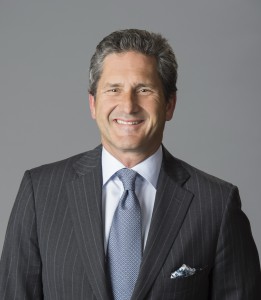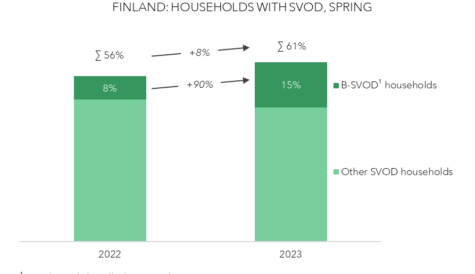
After more than 40 years of operation, DTVE is closing its doors and our website will no longer be updated daily. Thank you for all of your support.
Liberty Global sees upside from ‘fragmented’ European OTT market
Liberty Global is benefitting from a fragmented, and in some cases still underdeveloped, OTT market in Europe according to CEO Mike Fries.
Speaking on Liberty’s second quarter earnings call, Fries described the “steady improvement in the video business” as one of Liberty’s “untold stories”.
He said that a number of factors are contributing to the improved performance of video, including “slower-than-anticipated adoption of OTT services in Europe.”
“That’s a positive for us due to a fragmented content market, the strength of broadcast networks and a very inexpensive cable or pay TV video offering when you compare it to the US,” said Fries.
Asked whether Liberty’s strong video performance was due to the company taking a “more open content approach”, Fries said: “I think it’s partially the fact that we do provide in almost every market all of the content that could be, and is, desired by customers. That’s a positive thing – you don’t have to give up or sacrifice anything”.
This, he said, worked in the company’s favour in combination with low video ARPU compared to the US, targeted and cost-efficient investments in sports, and an “OTT picture that is both fragmented and I think, depending on the market, not gaining a whole lot of traction”.
The Liberty boss said that the company was seeing “payoff” from its investment in next-gen and cloud-based video platforms that offer “killer UIs, integrated OTT apps and the ability to push out massive amounts of content to any device at any time”.
Liberty said that it added 302,000 next-gen TV subscribers in Q2 and now reaches 7.2 million customers across its Horizon TV, Horizon-Lite, TiVo, Virgin TV V6 and Yelo TV platforms.
“Today that represents only 40% of our total cable video sub base, but that is growing rapidly, including a nearly one million added in the last 12 months,” said Fries.
For the first half of the year, Liberty lost 31,000 video customers, compared to 137,000 in the first half of 2016 and 171,000 in the first half of 2015, according to the slides that it issued to accompany the earnings call.
“If you remove the small DTH business in Central and Eastern Europe, our video sub base was actually flat year-over-year,” said Fries.
“In the last quarter, we only lost 30,000 video RGUs in a base of 18.5 million. This is related in large measure to our total commitment to innovation of the video platform.”
Liberty’s total video base stood at 18.55 million in Q2. This breaks down to 14.26 million in Western Europe and 4.28 million in Central and Eastern Europe and was up 0.4% compared to Q1.
Comparable consolidated operating data for Q2 2016 showed a total of 22.51 million video customers. However, this included 4.01 million video customers in the Netherlands, which has now been deconsolidated from Liberty’s earnings following Ziggo’s joint venture deal with Vodafone.
The earnings call reference to Liberty’s “more open content approach” comes after the company struck a multi-year partnership with Netflix in September 2016 to make the SVOD provider’s content available to its subscribers in 30 countries around the world.
Speaking at Cable Congress in Brussels in March, the CEO of Liberty’s Central Europe group, Eric Tveter, said the company is now also “evaluating” whether to offer Amazon’s video service.



